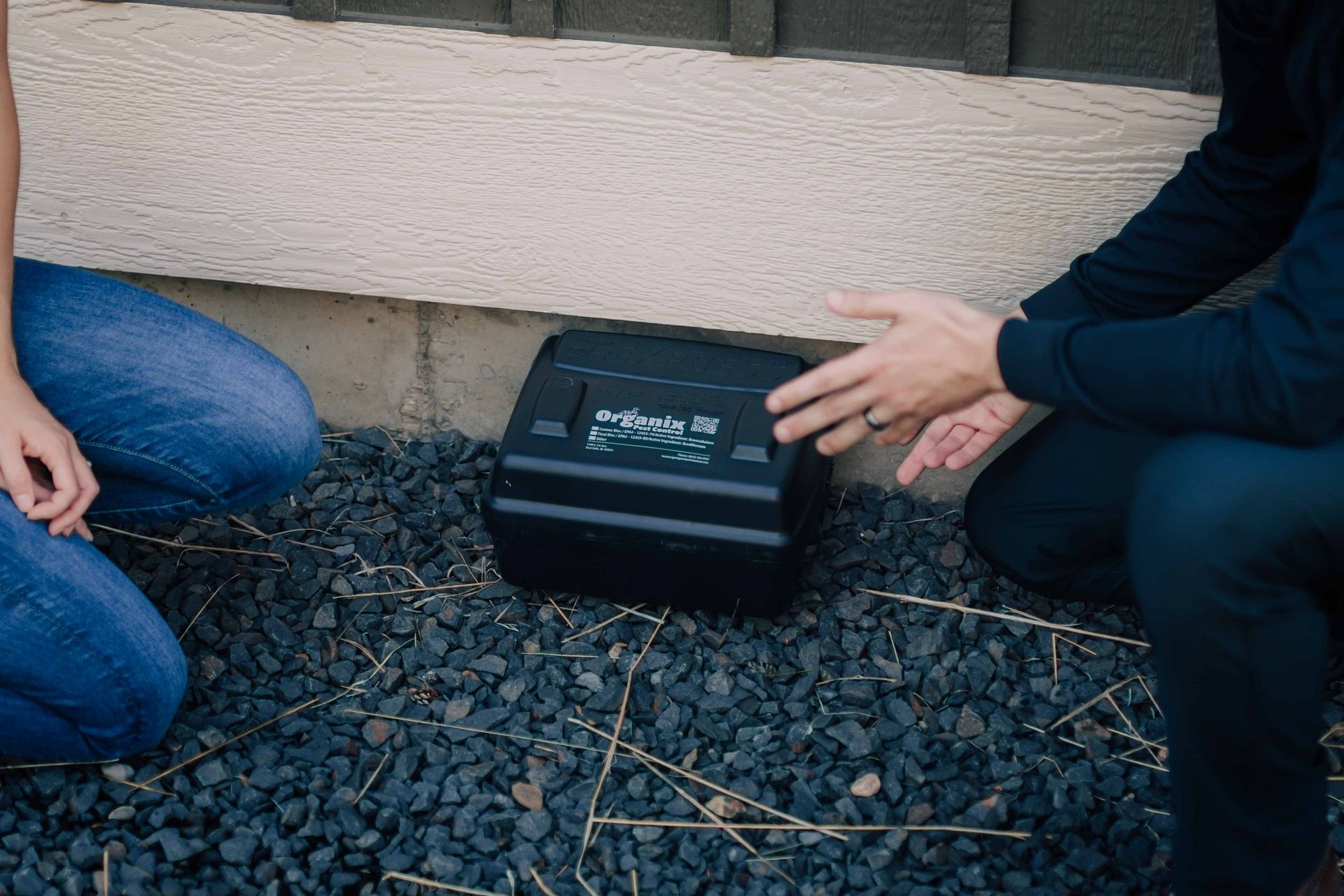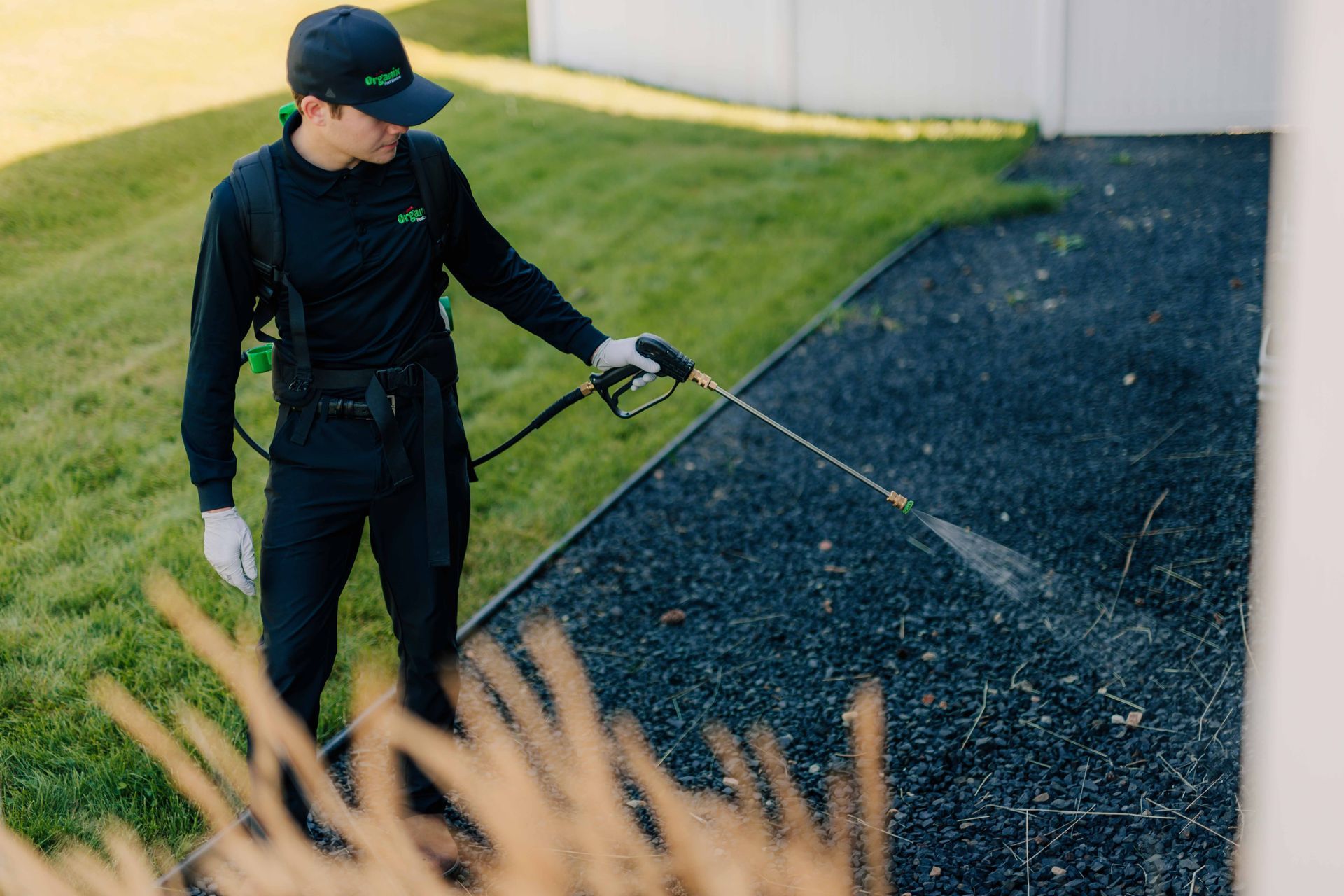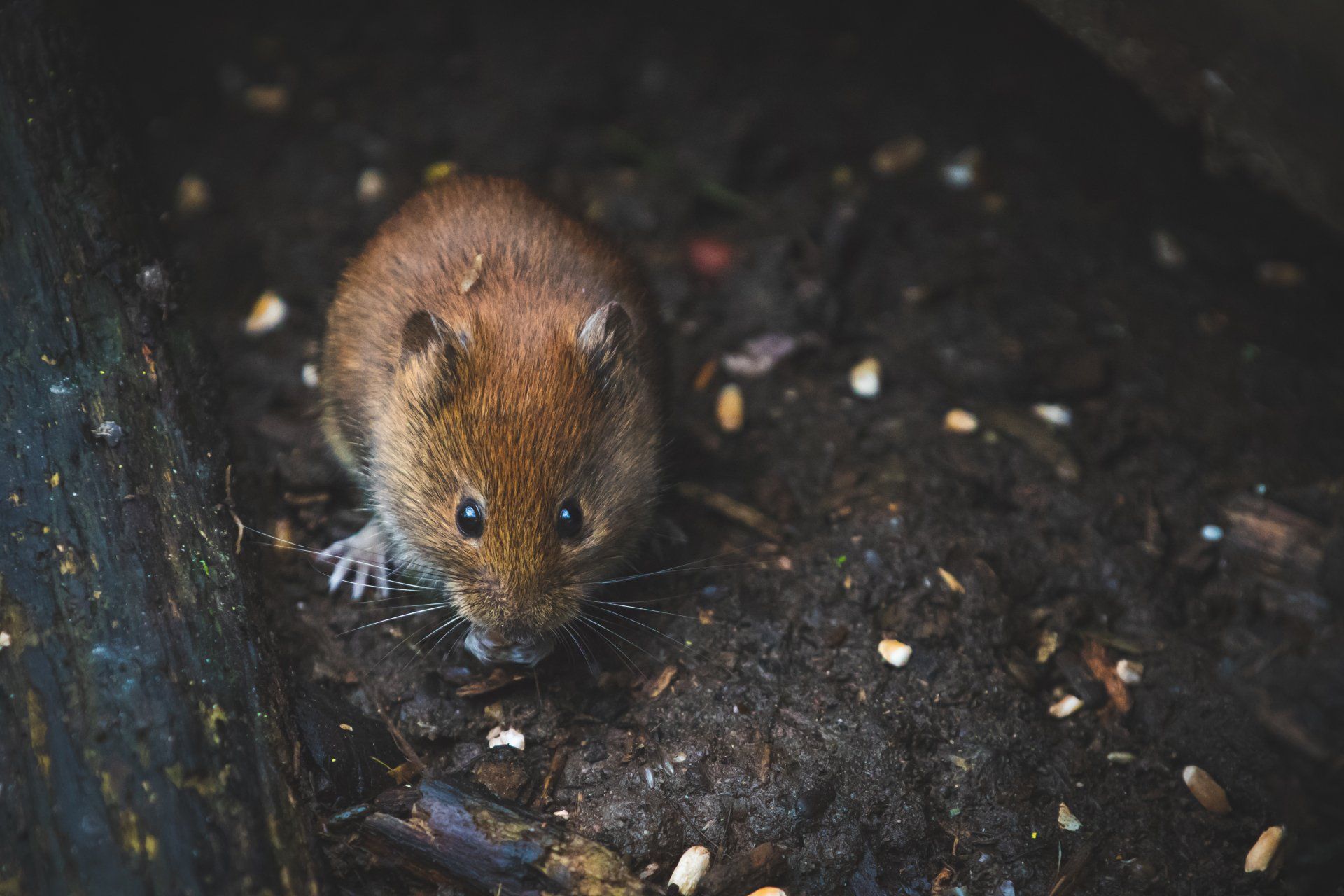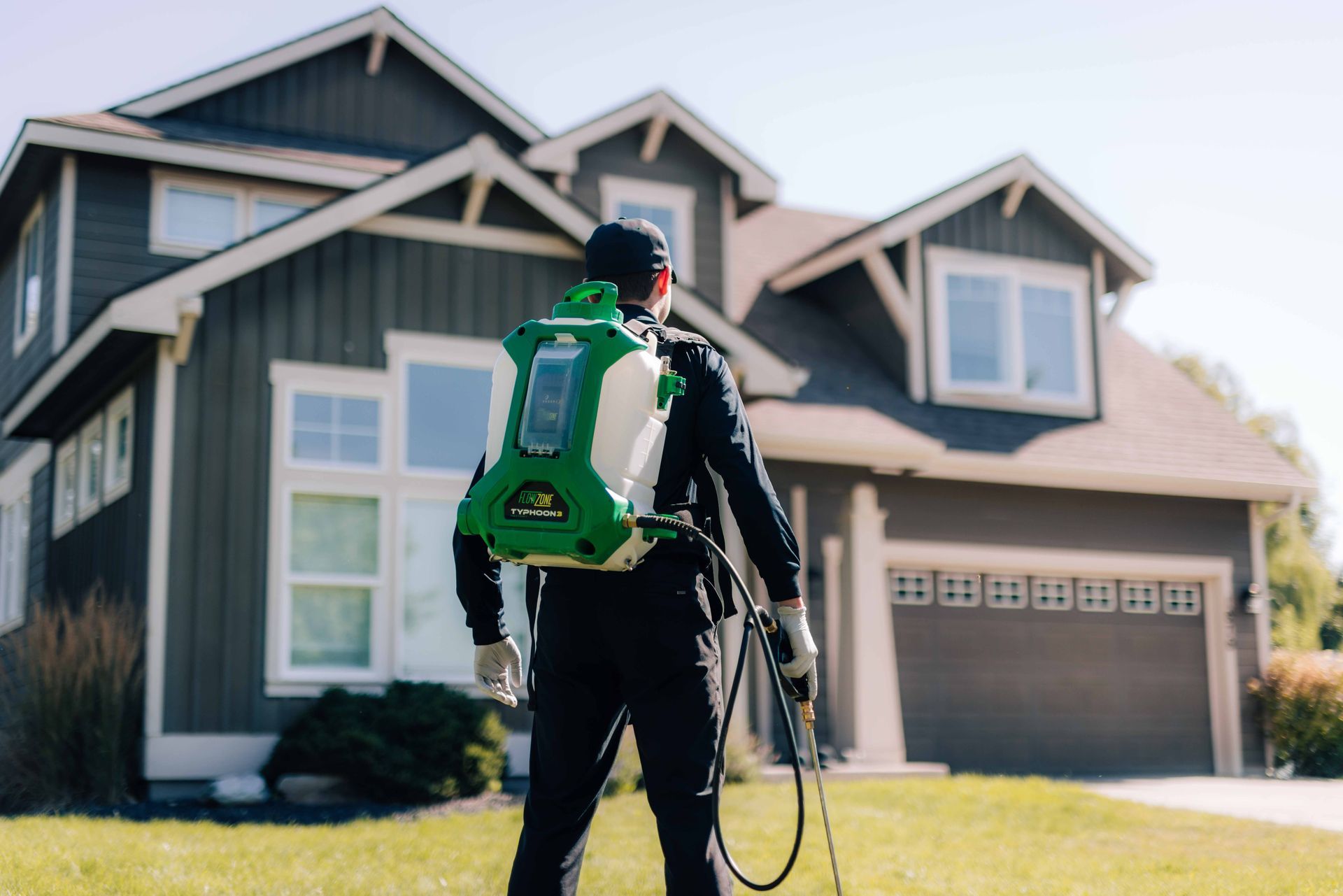What Attracts Rats and Mice to My Home?
Understanding Rodent Behavior to Prevent Infestations

Finding rodents in your home is never a pleasant experience, but did you know that rats and mice are often attracted to very specific conditions that make your home ideal for nesting? The good news is that by understanding what draws them in, you can take smart, preventive steps to keep them out.
In this blog post, we’ll break down the top reasons rats and mice are drawn to homes, how they find their way inside, and what you can do to stop them before an infestation takes hold.
Why Are Rats and Mice Attracted to Homes?
Rodents are always searching for three things:
✔
Food
✔
Water
✔
Shelter
When your home offers one or more of these, it becomes a prime target, especially during fall and winter when outdoor conditions grow harsh.
Top 7 Things That Attract Rats and Mice to Your Home
1. Easy Access to Food Sources
Rodents have an excellent sense of smell and can detect food even through packaging. They’re especially attracted to:
- Open bags of snacks, pet food, or birdseed
- Unsealed pantry items (like rice, cereal, or flour)
- Crumbs and food spills in kitchens or under appliances
- Overflowing garbage cans or food scraps in compost bins
Prevention tip: Store food in airtight containers and keep counters, floors, and pantries clean.
2. Clutter and Untouched Storage Areas
Mice and rats love quiet, cluttered spaces to nest and hide. Common trouble spots include:
- Attics, basements, and garages
- Storage boxes (especially cardboard)
- Piles of clothes, paper, or unused furniture
Prevention tip: Declutter storage spaces and use plastic containers instead of cardboard boxes.
3. Warmth and Shelter, Especially in Cold Weather
Rodents seek out warm, moist environments when temperatures drop. Insulated spaces in your home are perfect for building nests, such as:
- Inside walls
- Behind kitchen cabinets
- Under floorboards
- Inside HVAC ducts or attics
Prevention tip: Seal entry points and maintain insulation in vulnerable areas.
4. Leaky Pipes and Standing Water
Rats and mice need water to survive, and leaky faucets or standing water can easily attract them.
- Leaking kitchen or bathroom pipes
- Wet crawl spaces or basements
- Pet water bowls left out overnight
Prevention tip: Fix plumbing leaks, dry out damp areas, and don’t leave water out overnight.
5. Openings and Gaps Around the Home
Rodents can squeeze through openings as small as a dime (mice) or a quarter (rats). Common entry points include:
- Gaps under doors and garage doors
- Cracks in the foundation
- Vents, chimneys, and utility line openings
- Broken window screens or poorly sealed windows
Prevention tip: Inspect your home regularly and seal all small cracks, holes, and gaps with steel wool, caulk, or metal mesh.
6. Overgrown Vegetation and Yard Debris
Your yard might be inviting rodents in without you realizing it. They often use overgrown landscaping or debris piles for shelter before moving indoors.
- Dense shrubs or ivy near walls
- Firewood stacked against the house
- Leaf piles or compost bins
- Clutter near foundations
Prevention tip: Trim bushes and trees away from the home and store firewood at least 20 feet away.
7. Pet Food and Bird Feeders
Pet food and birdseed left outside or in the garage are highly attractive to rodents. Even dry kibble can lure them in quickly.
- Dog or cat food left out overnight
- Open bags of pet food or seed in the garage
- Spilled seed from outdoor bird feeders
Prevention tip: Store pet food in sealed containers and clean up feeding areas daily.
Signs Rats and Mice May Already Be in Your Home
If you're concerned rodents may already be present, look for these common signs:
- Droppings (small, dark pellets)
- Scratching or scurrying sounds in walls or ceilings
- Gnaw marks on wood, wires, or packaging
- Nests made of shredded fabric, paper, or insulation
- Musty or ammonia like odors in hidden areas
How to Prevent Rats and Mice from Getting Inside
Here’s a quick checklist to rodent proof your home:
✔ Seal all exterior cracks and holes
✔ Keep food sealed and surfaces clean
✔ Store pet food and birdseed in metal or plastic bins
✔ Fix water leaks and remove standing water
✔ Eliminate outdoor debris and clutter
✔ Set traps in garages, basements, and attics as a precaution
✔ Schedule regular pest control inspections
When to Call a Professional Pest Control Service
If you suspect an infestation or see recurring signs of rodent activity, it's time to contact a licensed pest control company. Professionals can:
- Conduct a full inspection
- Identify entry points and nesting areas
- Set up effective baiting and trapping systems
- Perform exclusion work to prevent reentry
- Offer long term monitoring and prevention plans
At Organix Pest Control, we offer safe, thorough rodent control using eco friendly products and proven exclusion methods. We’re here to help you take your home back safely and permanently.
Final Thoughts: Know What Attracts Rodents to Stay Ahead
Understanding what attracts rats and mice to your home is the first step in keeping them out. From food sources and shelter to water access and yard conditions, rodents look for the path of least resistance. By eliminating these attractants and sealing off entry points, you can protect your home from costly and unsanitary infestations.
Need help getting rid of rodents, or preventing them? Contact Organix Pest Control today to schedule an inspection and let us help you keep your home rodent free.
Frequently Asked Questions (FAQ)
1. What scent keeps rats and mice away?
Rodents have a strong sense of smell and are often repelled by scents like peppermint oil, vinegar, and eucalyptus. While these scents can help deter them temporarily, they are not a substitute for proper sanitation and sealing entry points.
2. Can rats and mice come into clean homes?
Yes. Even the cleanest homes can attract rodents if there is access to food, warmth, or entry points. Cleanliness helps reduce attractants, but physical exclusion is the most effective defense.
3. How do I know if mice or rats are in my walls or attic?
Common signs include:
Scratching or scampering noises, especially at night
Droppings in cabinets or along baseboards
Chewed wires, insulation, or wood
Foul or musky odors in enclosed spaces
4. What time of year are rodents most likely to enter homes?
Fall and winter are peak seasons, as rodents seek warmth and shelter. However, infestations can happen year round if attractants and entry points are present.
5. Should I use poison to get rid of rodents?
Rodenticide (poison) is effective but risky if used improperly, especially around children, pets, or food areas. It can also lead to dead rodents in inaccessible areas, causing odor and health concerns. Professional trapping and exclusion is often safer and more effective.
6. How fast can a mouse infestation grow?
Very fast. A single female mouse can give birth to 5–10 litters per year, with 5–12 pups per litter. That means a small problem can escalate into a major infestation in just a few months.










